Description
Parboiled Rice 5% Broken is a type of rice that has undergone a partial boiling process to improve its texture, nutritional value, and cooking properties. The “5% broken” label refers to the percentage of grains that are broken during milling, which in this case is 5%. This rice is widely used in commercial and domestic settings for its durability and ease of cooking.
Key Features:
- Parboiling Process:
- Parboiled rice is partially boiled in the husk before milling, which drives nutrients from the bran into the kernel. This enhances the nutritional value of the rice, retaining more vitamins and minerals compared to white rice.
- The process also gelatinizes the starch inside the rice, making it firmer and less sticky when cooked.
- Nutritional Benefits:
- High in Nutrients: Parboiled rice is rich in vitamins B1 (thiamine) and B6, and minerals like magnesium and iron, which are preserved during the parboiling process.
- Low Glycemic Index: Parboiled rice has a lower glycemic index than regular white rice, making it a better option for maintaining stable blood sugar levels.
- Easier Digestion: The parboiling process makes the rice easier to digest and helps reduce the likelihood of overcooking.
- Grain Quality:
- 5% Broken Grains: The “5% broken” designation indicates that 5% of the rice grains are broken during the milling process, which is considered a standard quality for parboiled rice. Broken grains can affect appearance, but they do not significantly alter the taste or nutritional content.
- Firm Texture: Parboiled rice maintains its shape well and has a firm, slightly chewy texture when cooked, making it ideal for dishes that require the rice to stay separate, like pilafs and salads.

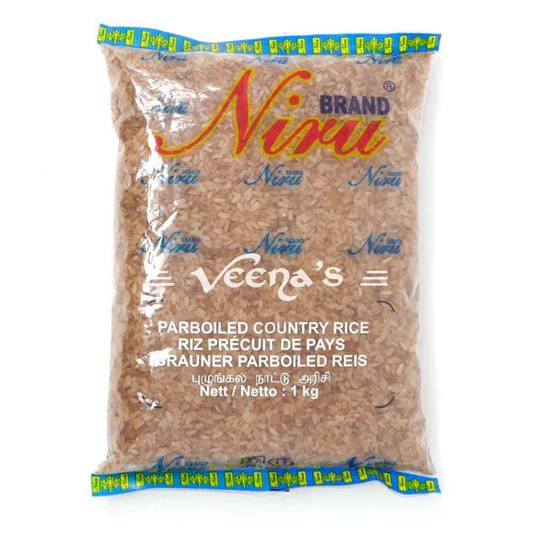
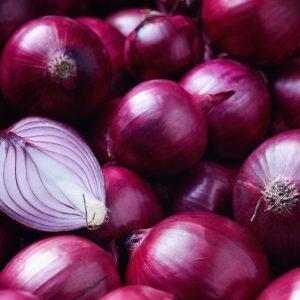


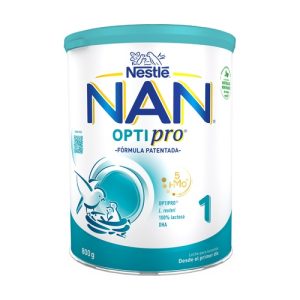




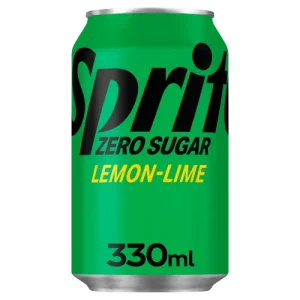

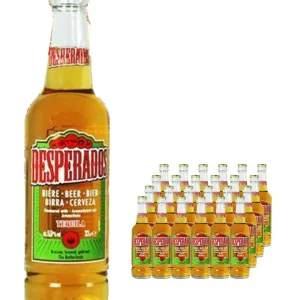

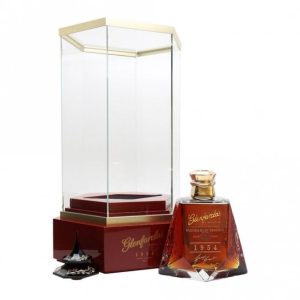

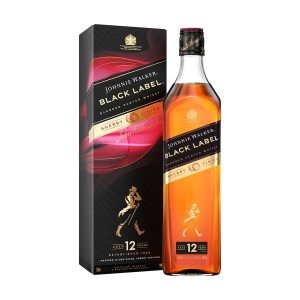

Reviews
There are no reviews yet.